Brunnera: The Perfect Companion Plant For Shady Gardens
Brunnera: The Perfect Companion Plant for Shady Gardens
If you have a shady garden, you know that it can be difficult to find plants that will thrive in those conditions. But there is one plant that is perfect for shady gardens: Brunnera.
Brunnera is a low-maintenance perennial that is known for its beautiful blue flowers and its attractive foliage. It is native to Europe and Asia, and it can be found growing in woodlands and stream banks.
Brunnera is a great choice for shady gardens because it does not require full sun. It will tolerate partial shade, but it will do best in full shade. Brunnera also prefers moist soil, so it is important to water it regularly.
One of the best things about Brunnera is its foliage. The leaves are large and heart-shaped, and they are often variegated with silver or white. This makes Brunnera a great choice for adding interest to a shady garden.
The flowers of Brunnera are also very attractive. They are small and blue, and they bloom in the spring. The flowers are followed by seedpods that are also attractive.
Brunnera is a relatively easy plant to care for. It is not susceptible to many pests or diseases, and it does not require a lot of fertilizer. However, it is important to deadhead the flowers after they bloom to encourage more flowers to form.
Brunnera is a great choice for companion planting. It can be planted with other shade-loving plants, such as hostas, ferns, and astilbes. It can also be planted under trees or shrubs.
If you are looking for a low-maintenance, beautiful plant for your shady garden, Brunnera is a great option. It is easy to care for, and it will add interest and color to your garden.
Here are some additional tips for growing Brunnera:
- Plant Brunnera in a location that receives partial shade to full shade.
- Water Brunnera regularly, especially during hot, dry weather.
- Mulch around Brunnera to help retain moisture and suppress weeds.
- Deadhead the flowers after they bloom to encourage more flowers to form.
- Brunnera is not susceptible to many pests or diseases, but it may be susceptible to slugs and snails.
Here are some popular Brunnera cultivars:
- Brunnera macrophylla 'Jack Frost': This cultivar has silver-streaked leaves and blue flowers.
- Brunnera macrophylla 'Dawson's White': This cultivar has white-variegated leaves and blue flowers.
- Brunnera macrophylla 'Variegata': This cultivar has green leaves with white and yellow variegation.
- Brunnera macrophylla 'Langtrees': This cultivar has large, dark green leaves and blue flowers.
Conclusion
Brunnera is a beautiful and easy-care plant that is perfect for shady gardens. It is a great choice for adding interest and color to your garden, and it is also a great choice for companion planting. If you are looking for a low-maintenance, beautiful plant for your shady garden, Brunnera is a great option.
Brunnera is a beautiful shade-loving plant that can add a touch of color to any garden. However, it can be difficult to find companion plants that will thrive in the same conditions as Brunnera.
The website Gardenia Inspiration is a great resource for information about Brunnera companion plants. The website includes a list of plants that are compatible with Brunnera, as well as information about the specific needs of each plant.
In addition to the list of companion plants, the website also includes a number of articles and videos about Brunnera care. These articles and videos provide helpful tips on how to plant, grow, and care for Brunnera.
If you are looking for more information about Brunnera companion plants, I encourage you to visit Gardenia Inspiration. The website is a valuable resource for any gardener who wants to create a beautiful and thriving shade garden.
FAQ of brunnera companion plants
What are good companion plants for Brunnera?
Brunnera is a shade-loving perennial that can be companioned with a variety of other plants. Some good choices include:
- Hostas: Hostas are another shade-loving plant that can provide Brunnera with some much-needed contrast. They also have similar water and soil requirements.
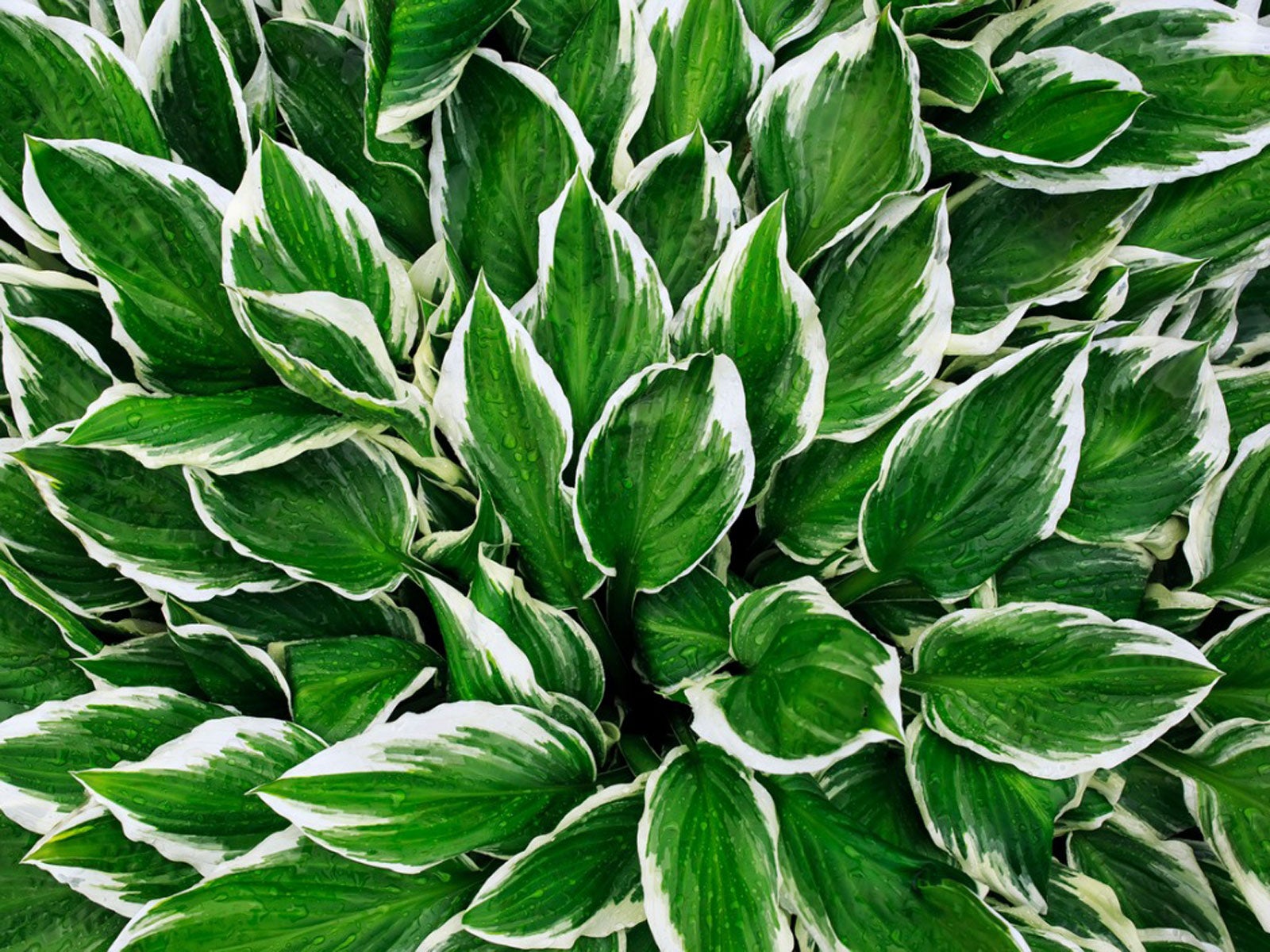
- Ferns: Ferns are a classic choice for companion plants with Brunnera. They add a touch of elegance and can help to create a layered look in the garden.
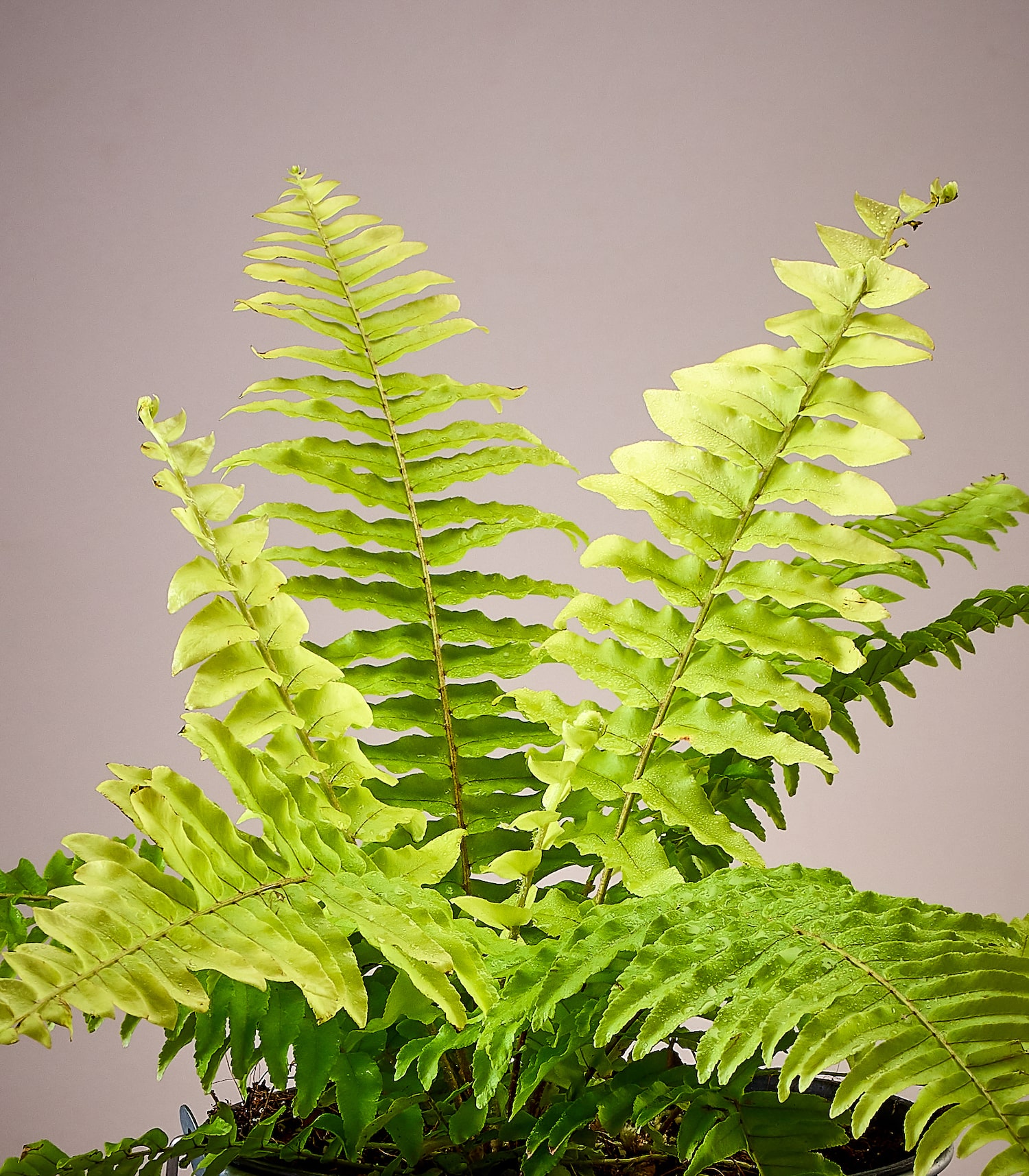
- Astilbe: Astilbe is a flowering plant that blooms in shades of pink, white, and red. It can add a splash of color to the garden and help to attract pollinators.
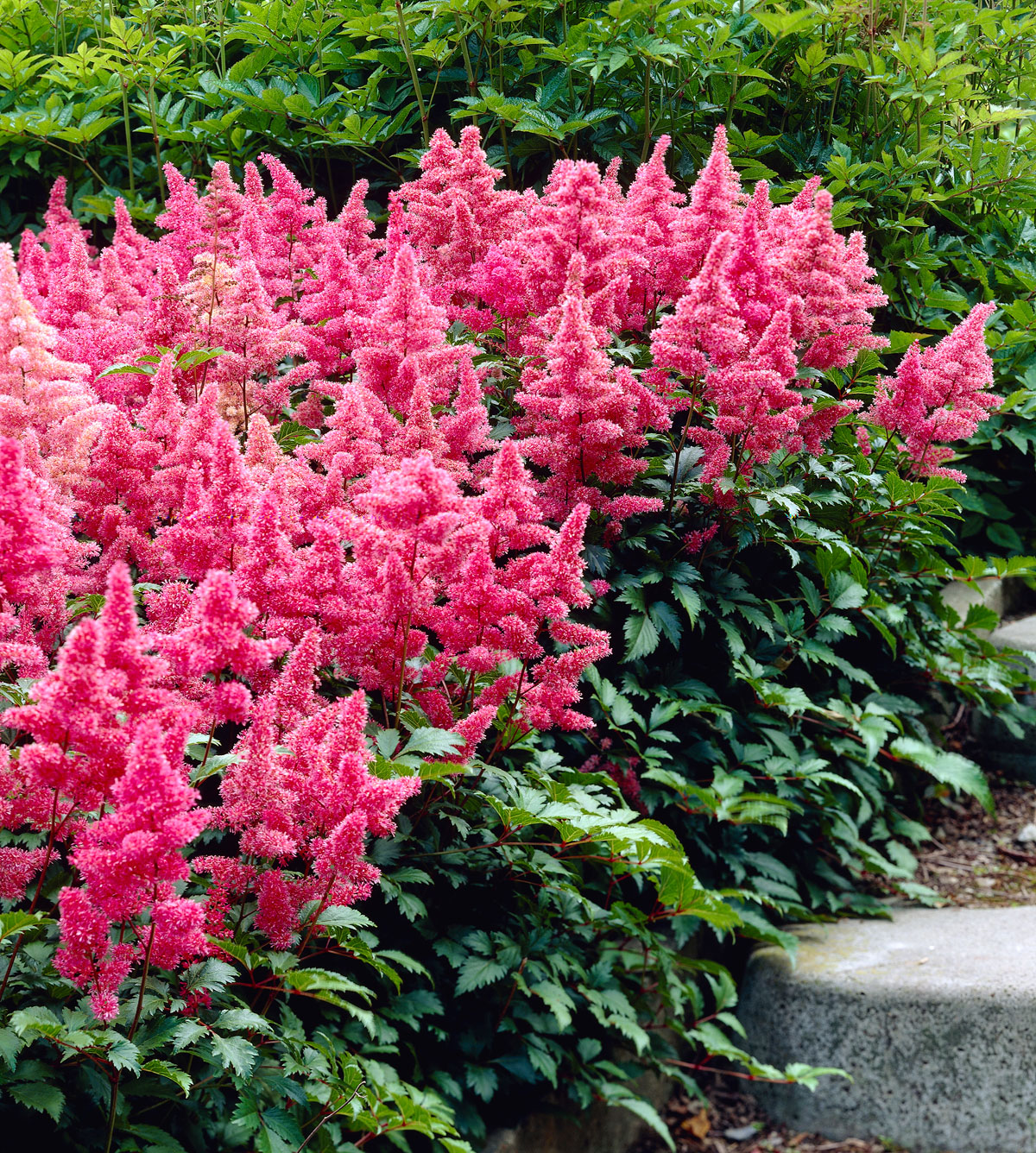
- Tiarella: Tiarella is a groundcover plant that can help to fill in the spaces around Brunnera. It has pretty white flowers and can tolerate a variety of soil conditions.
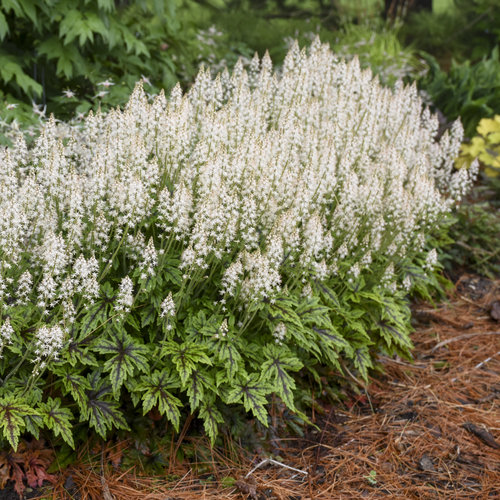
- Geranium: Geraniums are another flowering plant that can add a pop of color to the garden. They come in a variety of colors and can tolerate a range of conditions.
What are the benefits of companion planting with Brunnera?
There are a number of benefits to companion planting with Brunnera. Some of these include:
- Increased biodiversity: Companion planting can help to increase the biodiversity in your garden. This can make your garden more resilient to pests and diseases.
- Improved pollination: Some companion plants, such as astilbe and tiarella, can attract pollinators to your garden. This can help to improve pollination and fruit production.
- Enhanced aesthetics: Companion planting can help to enhance the aesthetics of your garden. By choosing plants that complement each other, you can create a more visually appealing space.
- Reduced maintenance: Some companion plants, such as ferns and tiarella, can help to reduce the amount of maintenance required for your garden. This can save you time and effort.
What are some common mistakes to avoid when companion planting with Brunnera?
There are a few common mistakes to avoid when companion planting with Brunnera. These include:
- Planting Brunnera in full sun: Brunnera prefers partial shade, so planting it in full sun will stress the plant and may cause it to wilt.
- Planting Brunnera with aggressive plants: Some plants, such as hostas, can be aggressive and may crowd out Brunnera. It is important to choose companion plants that will not compete with Brunnera for space or resources.
- Planting Brunnera with plants that have different water requirements: Brunnera is a relatively drought-tolerant plant, so planting it with plants that require more water can lead to root rot. It is important to choose companion plants that have similar water requirements.
How far apart should Brunnera be planted?
Brunnera should be planted about 12-18 inches apart. This will give the plants enough space to grow and spread.
Image of brunnera companion plants
5 different images of "brunnera companion plants" from Pinterest:
- Brunnera macrophylla and hellebores. Brunnera and hellebores are both shade-loving plants that bloom in the spring. They make a great combination because they have different flower colors and textures.

- Brunnera macrophylla and ajuga. Brunnera and ajuga are both low-growing plants with blue or purple flowers. They can be used to create a groundcover in shady areas.
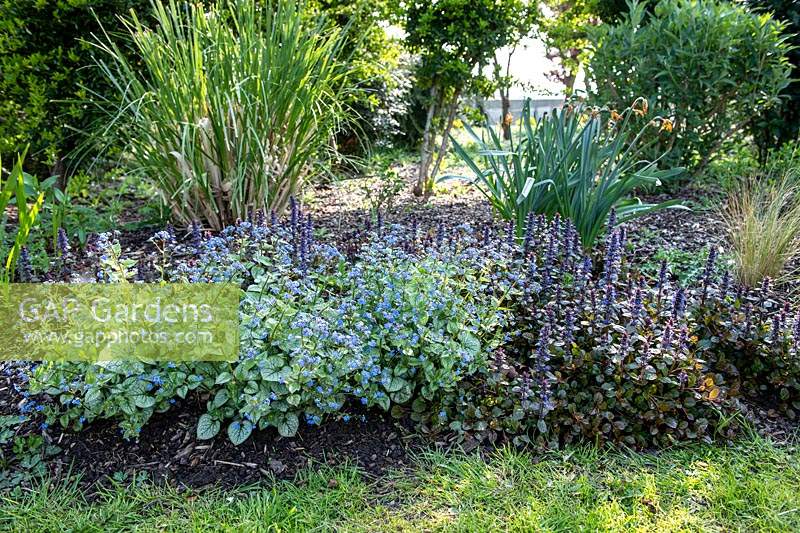
- Brunnera macrophylla and ferns. Brunnera and ferns are both good choices for shady borders. They have different leaf shapes and textures, which creates visual interest.
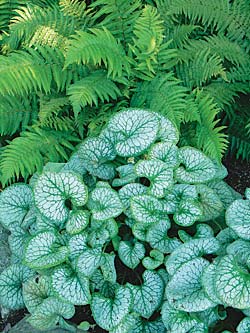
- Brunnera macrophylla and spring bulbs. Brunnera can be planted with spring bulbs, such as daffodils, tulips, and crocuses. The bulbs will bloom in the spring, and the brunnera will provide foliage throughout the summer.
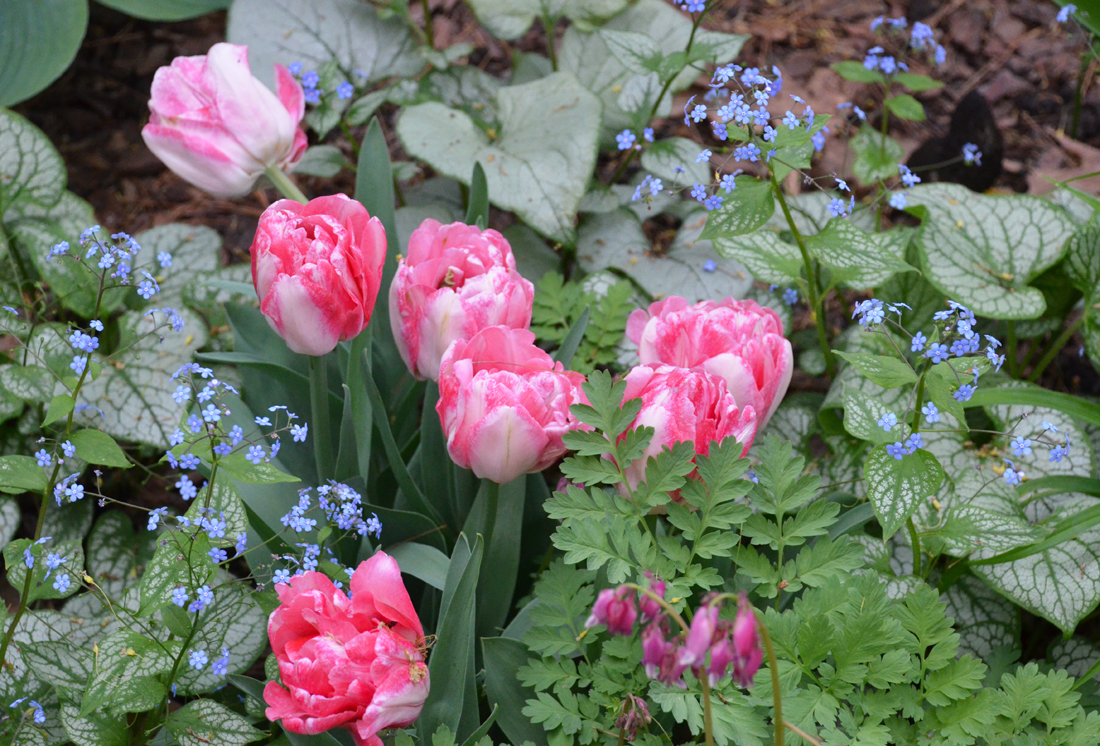
- Brunnera macrophylla and hostas. Brunnera and hostas are both shade-loving plants with large leaves. They can be used to create a lush, shady oasis in your garden.

Post a Comment for "Brunnera: The Perfect Companion Plant For Shady Gardens"